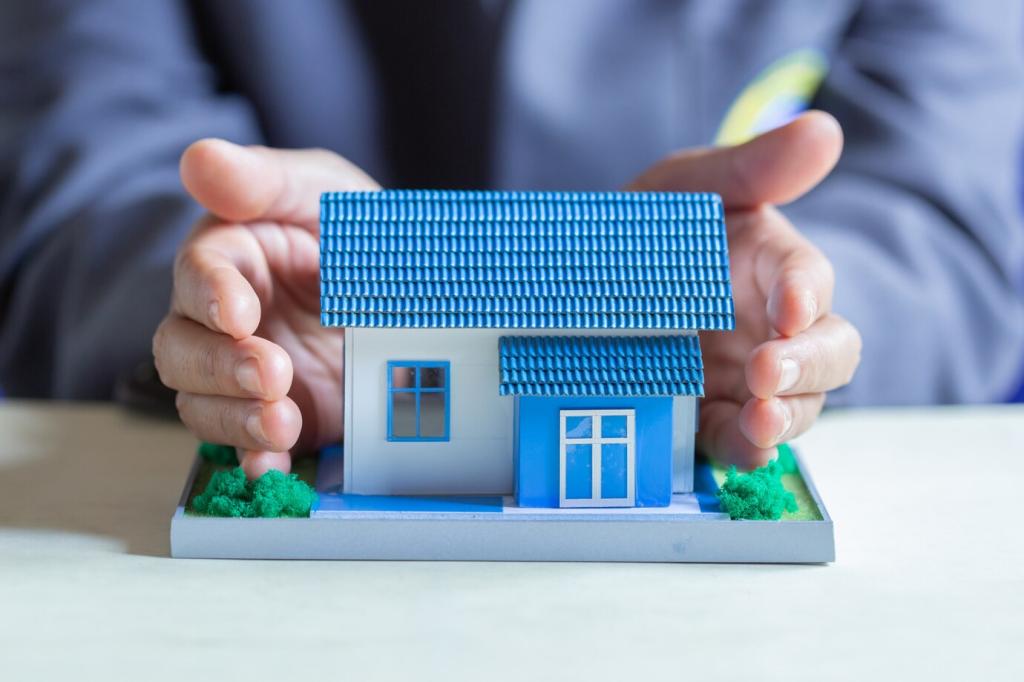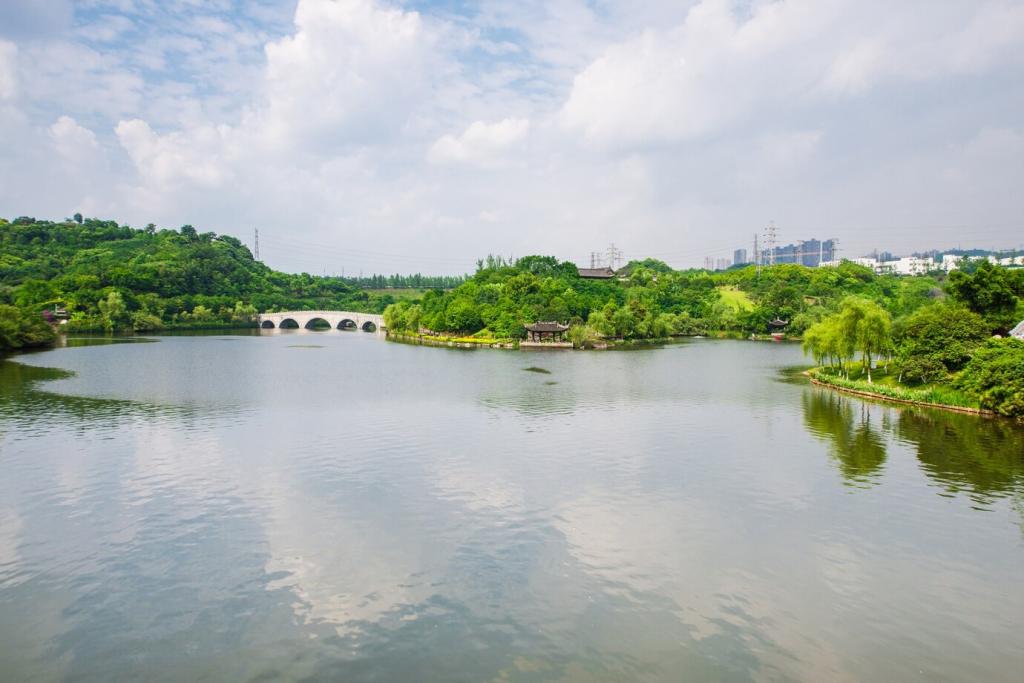Smart Controls and Distribution That Save Energy
Instead of running a hot-water loop all day, demand recirculation activates only when you need it using buttons, sensors, or apps. This approach cuts heat loss while shortening wait times. One reader shaved minutes off morning routines and measured noticeably cooler return lines after insulating and adding a demand pump.
Smart Controls and Distribution That Save Energy
Smart controllers adjust setpoints for comfort and safety while aligning with your lifestyle and time-of-use rates. Maintain appropriately hot storage temperatures and use mixing valves to temper delivery, following local codes and best practices. Share your scheduling strategies and what truly fits your household’s rhythm.








